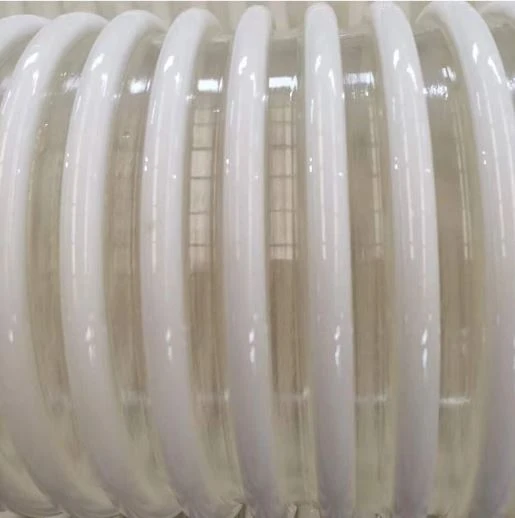foil duct
Understanding Foil Ducts A Key Component in HVAC Systems
Foil ducts have become an increasingly popular choice in heating, ventilation, and air conditioning (HVAC) systems due to their lightweight, flexible, and cost-effective nature. These ducts, typically made from aluminum foil or other flexible materials, offer several advantages over traditional rigid ducting options.
One of the primary benefits of foil ducts is their flexibility. This feature allows for easy installation in spaces that may have irregular or limited access. Instead of requiring complex custom ductwork to navigate around beams, plumbing, or electrical wiring, foil ducts can be easily shaped and maneuvered into tight spaces. This flexibility not only reduces installation time but also minimizes labor costs while ensuring a proper fit.
Another significant advantage of foil ducts is their lightweight construction. Weighing considerably less than traditional metal ducts, foil ducts simplify the installation process. This reduction in weight lessens the structural demands on buildings, especially in renovations where existing frameworks may not be equipped to support heavy ductwork. Additionally, the reduced overall weight leads to lower shipping costs and easier handling during transportation.
Foil ducts also exhibit excellent thermal insulation properties. Insulating layers can be added to enhance energy efficiency, minimizing heat loss in winter and reducing cooling costs in summer. Maintaining an optimal temperature within the HVAC system not only results in energy savings but also ensures greater comfort for the occupants of the building.
foil duct

Moreover, foil ducts are resistant to corrosion, which extends their lifespan compared to other duct materials
. This resistance to rust and degradation makes them suitable for various environments, including those with high humidity, where traditional metal ducts might fail over time. The durability of foil ducts means less frequent replacements and repairs, contributing to overall cost-effectiveness in building maintenance.In addition to their practical features, foil ducts also support better indoor air quality. Their smooth surfaces reduce the likelihood of dust and debris accumulation, which can lead to contaminants in the air we breathe. Regular cleaning is simplified due to the duct's design, enabling easier maintenance and improved air circulation within a building.
Despite these advantages, it's essential to consider the specific requirements of an HVAC system before choosing foil ducts. Their performance can be affected by factors like length, bends, and the overall design of the ductwork. Therefore, consulting with HVAC professionals is advisable to ensure proper sizing and installation that meets the needs of a particular space.
In conclusion, foil ducts play a vital role in modern HVAC systems, offering a combination of flexibility, lightweight construction, thermal insulation, and corrosion resistance. As demands for energy efficiency and high indoor air quality continue to grow, the significance of foil ducts in optimizing HVAC performance will likely become even more pronounced in the coming years. Embracing this technology can lead to better comfort and sustainability in both residential and commercial spaces.
-
Top Quality Oxy Acetylene Hoses for Sale Fit for Welding DemandsNewsJul.28,2025
-
The Future of Pneumatic Air Tubes in IndustryNewsJul.28,2025
-
Superior and Reliable LPG Hose Pipe Solutions for Every NeedNewsJul.28,2025
-
Exceptionally Durable and Versatile Premium Braided PVC TubingNewsJul.28,2025
-
Best Adapters for Connecting Garden Hose to PVC Pipe ConnectionsNewsJul.28,2025
-
The Essential Role of LPG Hoses in Safe and Efficient Gas DistributionNewsJul.16,2025














